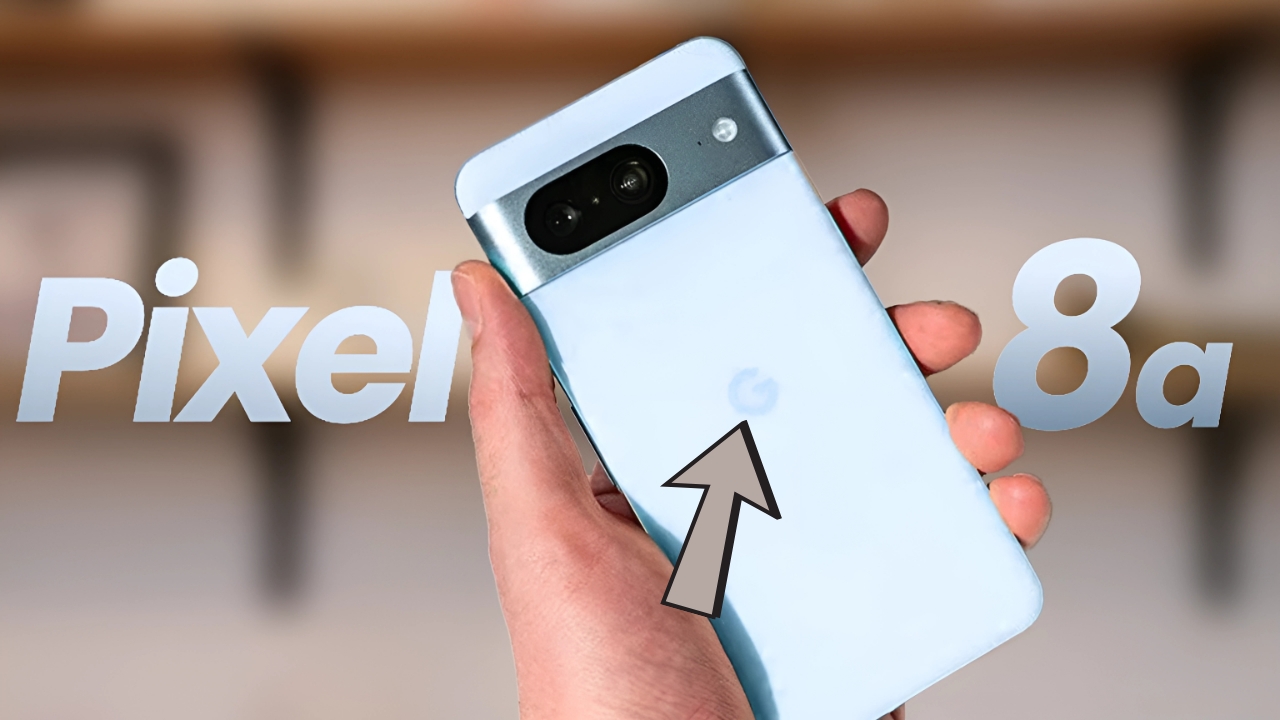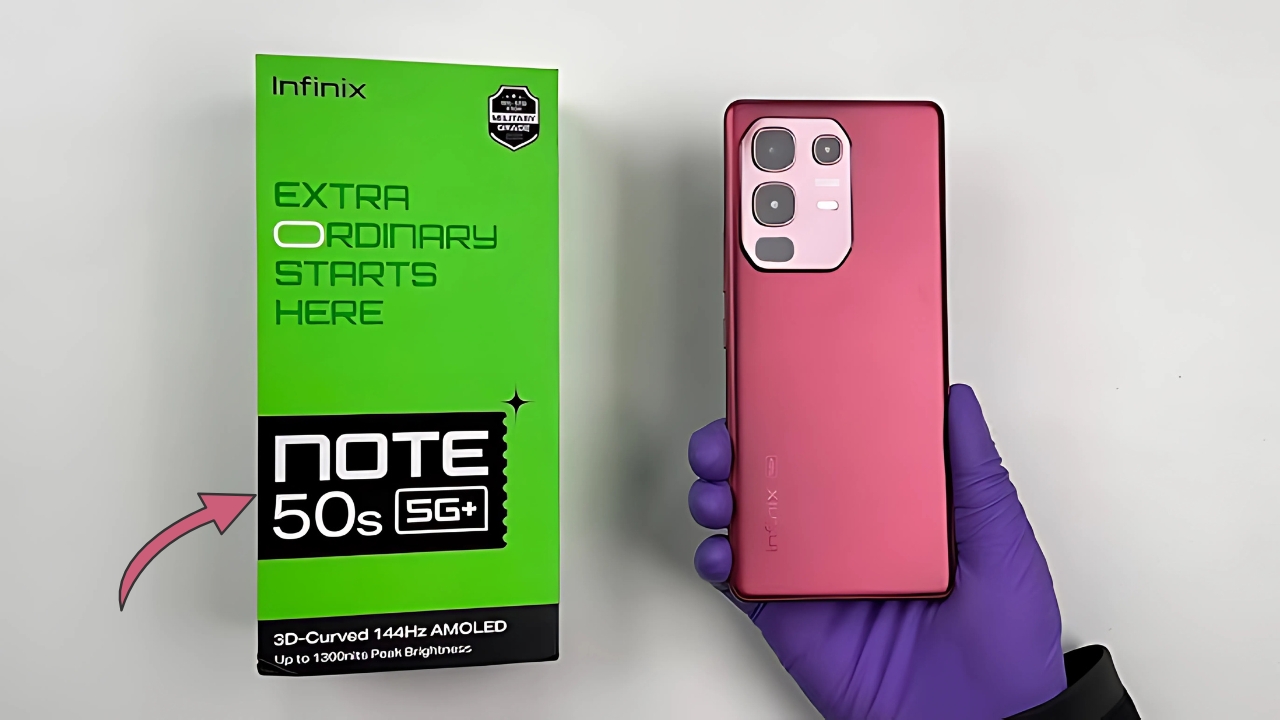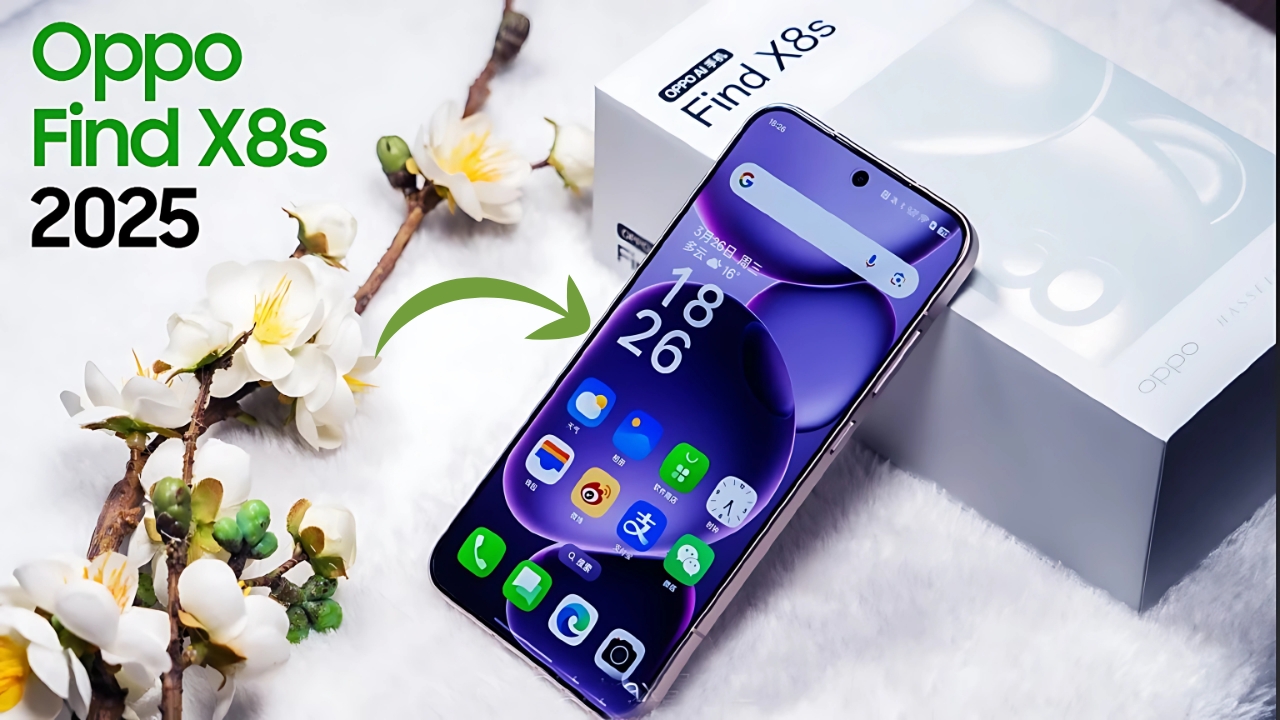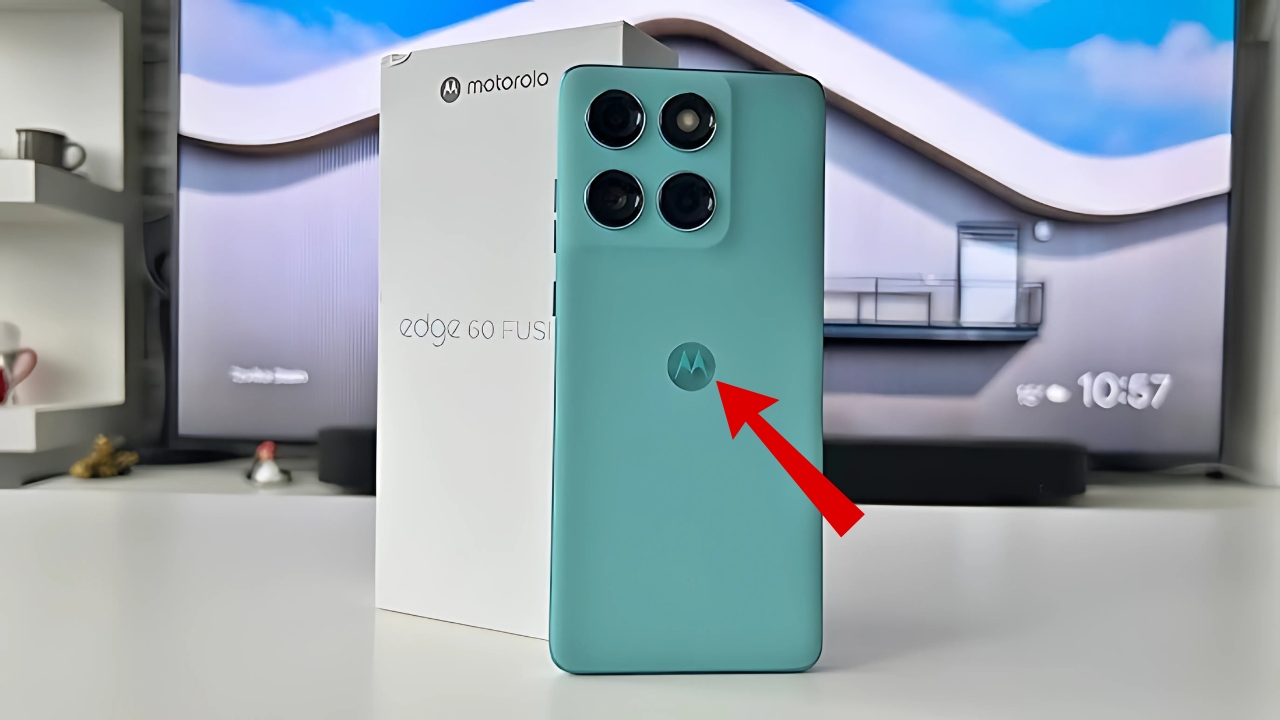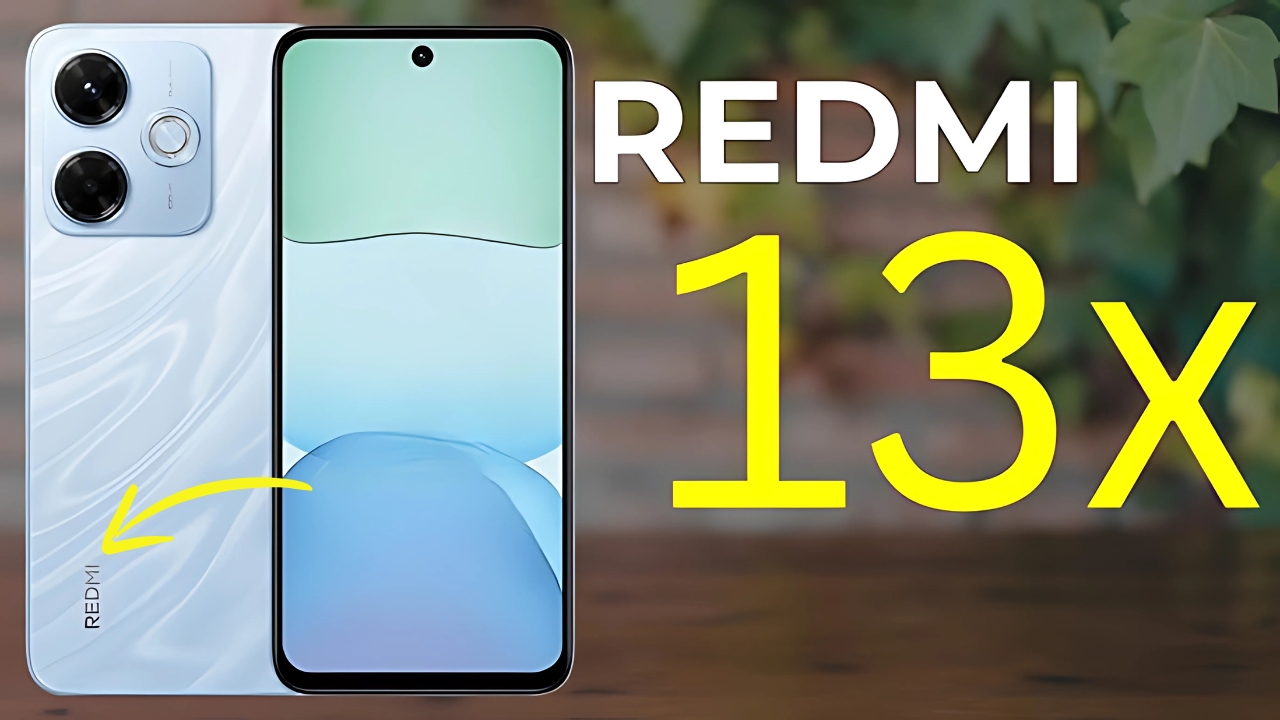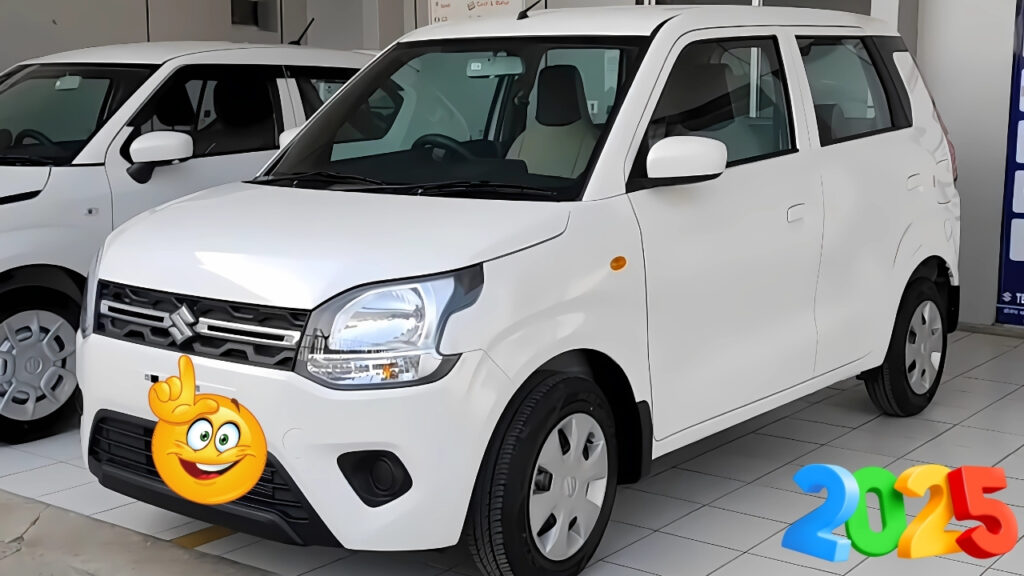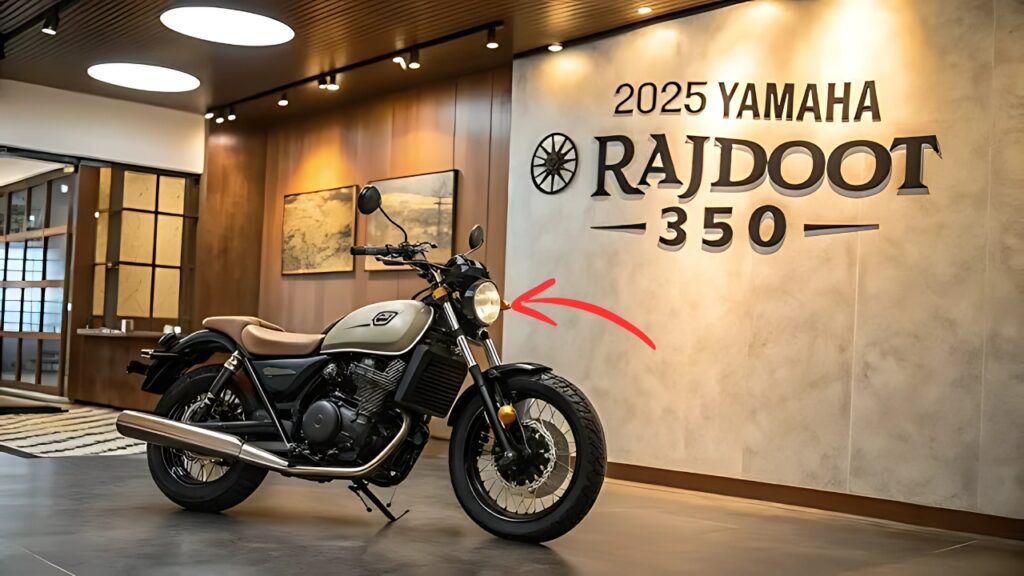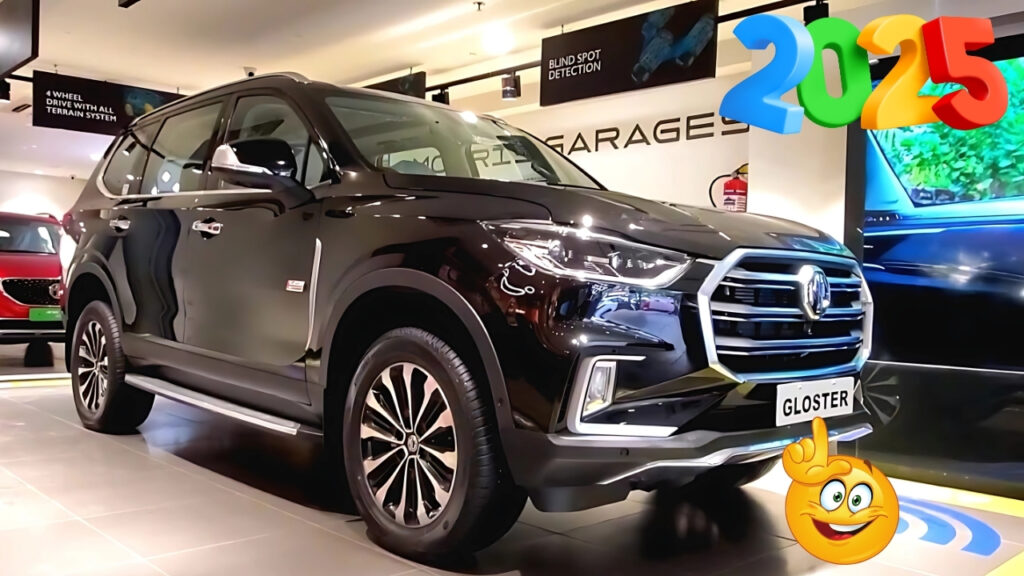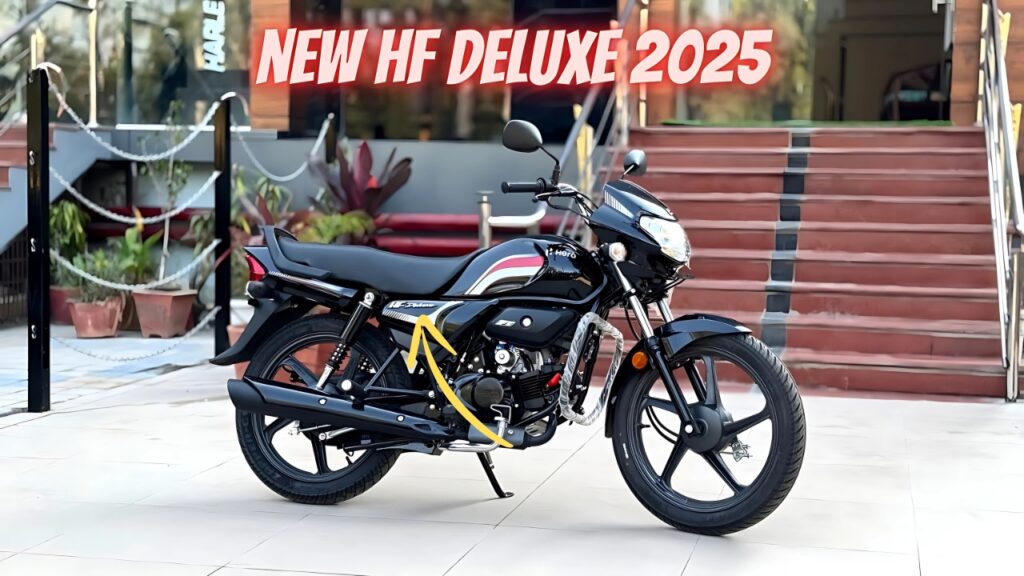Google Pixel 8a: In the evolving landscape of smartphone technology, where artificial intelligence increasingly defines user experience rather than raw specifications, Google’s a-series devices occupy a distinctive position—delivering the company’s computational prowess at more accessible price points.
The Pixel 8a represents the most refined expression of this philosophy yet, narrowing the gap with flagship models while maintaining a compelling value proposition.
Through strategic hardware selection and software optimization, Google delivers capabilities previously reserved for premium devices, particularly in the realm of computational photography where the company’s expertise remains unmatched.
Design Language: Refined Familiarity
The Pixel 8a continues Google’s distinctive design language while introducing subtle refinements that enhance both aesthetics and usability.
The familiar horizontal camera bar remains, now better integrated into the frame with smoother transitions that reduce the visual prominence of the protrusion.
This design element has evolved from potential liability to brand signature—immediately identifying the device as a Pixel while serving the practical purpose of preventing wobble when placed on flat surfaces.
Material selection demonstrates Google’s growing confidence in mid-range construction.
The frame utilizes recycled aluminum with a matte finish that resists fingerprints while providing structural rigidity.
The rear panel employs a composite material that mimics the texture and thermal properties of glass while offering superior durability and reduced weight.
This material, which Google terms “bio-resin composite,” incorporates 35% recycled content—reflecting the company’s increasing focus on environmental responsibility.
The device maintains a comfortable 152.1 x 72.7 x 8.9mm footprint with rounded corners and edges that improve hand-feel during extended use.
At 189 grams, it strikes an excellent balance between substantive presence and comfortable handling.
The slightly textured back panel enhances grip without collecting lint or debris—a thoughtful detail that improves everyday usability.
Available in Obsidian, Porcelain, Bay (light blue), and Mint, the color options reflect Google’s distinctive palette—avoiding trendy finishes in favor of subdued tones that age gracefully.
The matte-textured frame and semi-gloss rear panel effectively resist visible fingerprints, maintaining their visual appeal throughout daily use.
Environmental protection receives meaningful upgrades, with IP67 certification providing reliable defense against dust and water immersion up to 1 meter for 30 minutes.
This represents a significant improvement over the IP53 rating of earlier a-series models, delivering flagship-level durability at a mid-range price point.
Display: Visual Fidelity Without Compromise
The Pixel 8a centers the user experience around its exceptional 6.1-inch OLED display—a panel that delivers visual performance that belies its mid-range positioning.
The 1080 x 2400 resolution (429 ppi) provides excellent clarity for text and images, while 10-bit color depth ensures smooth gradients and accurate color reproduction across the DCI-P3 gamut.
Display quality exceeds expectations for the segment, delivering 120Hz refresh rate that can dynamically adjust between 60Hz and 120Hz depending on content requirements—preserving battery life during static content viewing while providing smooth animations for scrolling and video playback.
Peak brightness reaches an impressive 1,400 nits in high brightness mode, ensuring comfortable visibility even under direct sunlight.
Google has implemented thoughtful display optimizations that enhance the viewing experience without requiring user configuration.
These include Always-on Display with minimal power impact, Now Playing for ambient music recognition, and Adaptive Color that adjusts white balance based on environmental lighting conditions. HDR10+ and HDR10 certification ensure compatible content displays with appropriate contrast and color dynamics.
The display’s flat profile and symmetrical bezels reflect Google’s commitment to practical design, avoiding the curved edges and asymmetrical configurations that often prioritize visual impact over usability.
Corning Gorilla Glass Victus protection provides exceptional scratch and impact resistance, addressing a key durability concern for devices often used without cases.
Performance: Balanced Intelligence
Powering the Pixel 8a is the Google Tensor G3 chipset—the same silicon found in the flagship Pixel 8 series.
This represents a significant departure from previous a-series devices, which typically employed either older-generation Google processors or Qualcomm alternatives.
The decision to maintain silicon parity with flagship models acknowledges the increasing importance of AI processing capabilities in defining the smartphone experience.
The Tensor G3 features an octa-core configuration with one Cortex-X3 prime core clocked at 2.91GHz, four Cortex-A715 performance cores running at 2.37GHz, and four Cortex-A510 efficiency cores at 1.7GHz.
This arrangement delivers excellent performance for everyday tasks while providing the necessary computational headroom for Google’s increasingly sophisticated AI features.
Memory configurations include 8GB LPDDR5X RAM paired with either 128GB or 256GB of UFS 3.1 storage.
While the absence of expandable storage remains a consideration, the baseline 128GB capacity should prove sufficient for most users given Google’s optimization of system storage usage and the inclusion of Google Photos cloud backup.
Benchmark performance positions the 8a competitively within the upper mid-range segment.
Geekbench 6 scores average approximately 1,700 single-core and 4,200 multi-core, while AnTuTu results hover around 900,000 points.
However, these synthetic metrics fail to capture the device’s real-world fluidity, which benefits from Google’s expertise in software optimization and the Tensor chip’s AI acceleration capabilities.
Thermal management receives particular attention in the 8a, with an expanded vapor chamber cooling system that effectively dissipates heat during sustained workloads.
This prevents the performance throttling that affected some earlier Tensor implementations, maintaining consistent performance during extended computational tasks and gaming sessions.
Camera System: Computational Excellence
The camera system of the Pixel 8a exemplifies Google’s photography philosophy—focusing resources on computational capabilities rather than excessive hardware.
The dual-camera array consists of a 64-megapixel main sensor with optical image stabilization and a 13-megapixel ultra-wide lens with 120-degree field of view.
The primary sensor delivers exceptional photographic performance across lighting conditions, leveraging Google’s computational photography expertise to extract maximum detail and dynamic range from the hardware.
HDR+ processing seamlessly combines multiple exposures to produce images with balanced highlights and shadows, while maintaining natural color rendering that avoids the oversaturated look common in computational photography.
Night Sight continues to define low-light mobile photography, capturing detailed, bright images in conditions that would challenge even dedicated cameras.
The implementation on the 8a benefits from improved noise reduction algorithms that preserve fine texture while eliminating color noise, resulting in more natural-looking night photography than competing approaches that often produce artificially brightened scenes.
Portrait mode demonstrates Google’s mastery of computational depth mapping, producing convincing background blur with accurate subject separation even around challenging elements like hair and glasses.
The implementation now supports variable blur intensity and focal point adjustment after capture, providing creative flexibility previously available only in dedicated camera systems.
The ultra-wide camera maintains impressive consistency with the main sensor, matching color science and dynamic range more closely than typical in this segment.
Distortion correction algorithms effectively manage the inherent barrel distortion without introducing unnatural stretching near frame edges.
Video capabilities include 4K recording at 60fps from both cameras, with exceptional electronic and optical stabilization that produces gimbal-like smoothness during movement.
Audio recording quality benefits from three dedicated microphones with spatial audio support and wind noise reduction, capturing clear directional sound even in challenging environments.
Software Experience: Intelligent Assistance
The Pixel 8a ships with Android 14 enhanced by Google’s distinctive features and seven years of guaranteed OS and security updates—an industry-leading commitment that substantially exceeds competing offerings.
This extended support cycle acknowledges the reality that mid-range devices typically serve as primary computing devices for multiple years rather than being replaced annually.
Google’s approach to software emphasizes intelligent assistance rather than feature overload, with AI-powered utilities that address practical needs.
Call Assist automatically screens unwanted calls and provides real-time transcription of unknown callers’ intentions.
Recorder delivers exceptionally accurate transcription with speaker identification. Live Translate provides real-time translation of conversations, messages, and media without requiring internet connectivity for supported languages.
New to the 8a is the Circle to Search feature, which allows users to circle any on-screen content to initiate a contextual search—whether text, images, or video frames.
This intuitive interaction method significantly reduces the friction of moving between applications to research content of interest, demonstrating Google’s focus on removing computational barriers rather than merely adding features.
Photography features benefit from additional AI enhancements, including Magic Editor for complex image manipulation, Best Take for combining multiple group shots to ensure everyone looks their best, and Audio Magic Eraser for reducing background noise in videos.
These capabilities leverage the Tensor G3’s machine learning acceleration to deliver editing capabilities previously requiring dedicated desktop software.
Battery Life and Charging: Endurance Through Efficiency
The Pixel 8a houses a 4,500mAh battery that, combined with efficient hardware and intelligent software optimization, delivers reliable all-day battery life.
Under typical usage patterns including social media browsing, photography, and media consumption, the device consistently provides 6-7 hours of screen-on time—sufficient for most users to complete a full day without requiring mid-day charging.
Charging capabilities include 27W wired fast charging via USB-C, filling the battery from empty to 50% in approximately 30 minutes.
Wireless charging support returns at 15W (using Qi-certified chargers), providing convenient if slower replenishment without cable connection.
Battery Share functionality allows the 8a to wirelessly charge accessories like earbuds or smartwatches at 5W, transforming the device into a portable power bank when needed.
Power management benefits from Adaptive Battery technology, which learns usage patterns to optimize background processes and application behavior.
The implementation has matured significantly in recent iterations, delivering more consistent battery life without requiring user micromanagement of background activities or aggressive battery saving modes.
Comparative Analysis
| Feature | Pixel 8a | Pixel 7a | Samsung Galaxy A54 |
|---|---|---|---|
| Display | 6.1″ OLED, 120Hz adaptive | 6.1″ OLED, 90Hz | 6.4″ AMOLED, 120Hz |
| Processor | Google Tensor G3 | Google Tensor G2 | Exynos 1380 |
| RAM | 8GB LPDDR5X | 8GB LPDDR5 | 8GB LPDDR4X |
| Storage | 128/256GB UFS 3.1 | 128GB UFS 3.1 | 128/256GB UFS 2.2 |
| Main Camera | 64MP f/1.7 OIS | 64MP f/1.89 OIS | 50MP f/1.8 OIS |
| Secondary Camera | 13MP f/2.2 Ultra-wide | 13MP f/2.2 Ultra-wide | 12MP Ultra-wide, 5MP Macro |
| Battery | 4,500mAh, 27W wired, 15W wireless | 4,385mAh, 18W wired, 7.5W wireless | 5,000mAh, 25W wired |
| Biometrics | In-display fingerprint, Face Unlock | In-display fingerprint, Face Unlock | In-display fingerprint |
| Software Promise | 7 years OS and security updates | 5 years security, 3 years OS | 4 years OS, 5 years security |
| Price | ₹45,999 (8GB/128GB), ₹52,999 (8GB/256GB) | ₹43,999 (8GB/128GB) | ₹34,999 (8GB/128GB) |
Key Highlights:
-
Google Tensor G3 processor matching flagship Pixel 8 performance
-
Exceptional computational photography capabilities
-
Seven-year software support commitment
-
120Hz OLED display with 1,400 nits peak brightness
-
IP67 water and dust resistance
-
Circle to Search functionality for contextual information
-
Advanced AI features including Magic Editor and Audio Magic Eraser
-
Improved thermal management for sustained performance
-
Wireless charging with reverse wireless charging capability
-
Enhanced video stabilization matching flagship performance
-
Audio spatial recording with three-microphone array
-
Recycled materials throughout construction
-
Face Unlock with added security for payments and app authentication
-
Titan M2 security chip for enhanced data protection
-
eSIM support alongside physical SIM slot
Market Positioning and Value Proposition
Priced at ₹45,999 for the 8GB/128GB variant and ₹52,999 for the 8GB/256GB configuration, the Pixel 8a occupies a competitive position in the premium mid-range segment.
While not inexpensive, this pricing delivers exceptional value when considering the flagship-level processor, camera capabilities, and industry-leading software support commitment.
The value proposition centers on computational capabilities rather than raw specifications, acknowledging that modern smartphone experiences increasingly depend on AI features rather than traditional performance metrics.
For photography enthusiasts in particular, the 8a represents the most affordable entry point to Google’s industry-leading computational imaging, delivering results that frequently exceed those from devices costing significantly more.
Google Pixel 8a
The Pixel 8a represents Google’s most compelling mid-range offering to date, narrowing the gap with flagship models while maintaining a distinct value proposition.
By prioritizing the computational capabilities that define modern smartphone experiences—particularly in photography and AI-assisted features—Google delivers capabilities previously inaccessible at this price point.
Perhaps most significantly, the 8a’s seven-year software commitment transforms the value equation for mid-range devices.
Where competitors typically position mid-range offerings as relatively short-term propositions with limited update promises, Google establishes the 8a as a long-term investment that will remain current through multiple Android generations.
This approach acknowledges that for many consumers, mid-range devices represent substantial investments rather than temporary solutions.
In a market increasingly defined by iterative hardware updates and diminishing returns on specification improvements, Google’s focus on computational capabilities and software longevity offers a refreshing alternative.
The Pixel 8a demonstrates that meaningful innovation now emerges primarily from silicon-software integration rather than component specifications—an area where Google’s unified control of hardware, silicon, and software development provides distinct advantages over competitors with more fragmented development approaches.
For consumers seeking flagship-level photography and AI capabilities without premium pricing, the Pixel 8a presents a compelling proposition that prioritizes the features that most directly impact daily smartphone experience.
Its success reflects the growing sophistication of smartphone consumers who increasingly value computational capabilities and software support over specification comparisons—a trend that seems likely to define the next evolution of mobile computing.
Also Read This-
Infinix Smart 8 – Most cheap price smartphone in market
